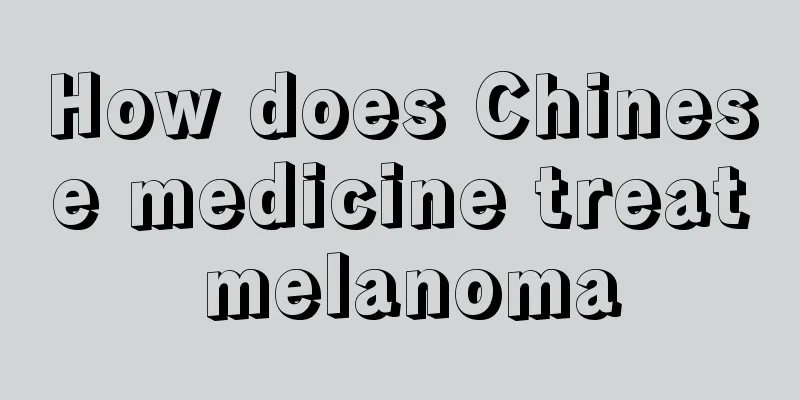What to do to fight bacterial infection

|
It is said that human beings are the smartest animals in the world. Human beings have created many things that were unimaginable since the creation of the world. As humans became stronger, bacteria also became stronger as humans became stronger. Many diseases today are caused by bacteria. So how do we fight bacterial infections? Immunity against bacterial infection refers to the body's ability to resist bacterial infection, which is achieved through the coordinated efforts of the body's nonspecific immunity and specific immunity. Innate nonspecific immunity includes the body's barrier structure, the phagocytic function of macrophages, and antibacterial substances in normal tissues and body fluids; acquired specific immunity includes humoral immunity centered on the action of antibodies and cellular immunity centered on sensitized lymphocytes and the lymphokines they produce. After pathogens invade the body, they produce different pathogenic substances due to their different biological characteristics. The body's immune response to them also varies. Host body defense function (I) Mechanical blocking and exclusion Healthy and intact skin and mucous membranes can effectively block the invasion of bacteria. The cilia of the epithelial cells of the respiratory mucosa vibrate upward, and the bacteria can be coughed out or swallowed; about 1012 bacteria are excreted in the feces every day; urine can remove bacteria from the urethral epithelium. 2. Local antibacterial effects of chemicals in secretions Lactic acid secreted by sweat glands and fatty acids secreted by sebaceous glands both have certain antibacterial effects. Stomach acid can kill Salmonella, Shigella and Vibrio cholerae. The acids in vaginal secretions also have antibacterial effects. Spermine secreted by the prostate is an effective inhibitor of Gram-positive bacteria in normal semen. Lysozymes, which are widely distributed in tears, saliva, milk, sweat, and respiratory secretions, can lyse Gram-positive bacteria. (III) Antagonistic effect of normal flora The normal flora on the human body surface and in the cavities connected to the outside world can fight against the invasion of pathogens through their metabolites. For example, Propionibacterium acnes on the skin can produce antibacterial lipids and inhibit the growth of Staphylococcus aureus and Streptococcus pyogenes on the skin; certain anaerobic bacteria in the intestine can produce fatty acids to prevent Salmonella from surviving locally; the coliform toxins and acid products produced by Escherichia coli in the intestine can inhibit Shigella dysenteriae and Staphylococcus aureus; the viridans streptococci in the pharynx seem to be able to prevent the local growth of pneumococci; Staphylococcus epidermidis and diphtheroids in the nasal cavity can hinder the settlement of Staphylococcus aureus, etc. When this antagonism is affected, dysbacteriosis may occur. Bacteria are very small and can invade our bodies without us noticing, causing discomfort. Therefore, in our daily lives, we must pay attention to the cleanliness of our bodies and not give bacteria an opportunity to take advantage. If it is really a bacterial infection, I suggest that you go to the hospital for examination in time. |
<<: What's the matter with the white spots on the neck
>>: Is anxiety disorder a mental illness?
Recommend
Nasopharyngeal cancer self-test in 30 seconds
There is no 30-second self-diagnosis method for n...
The difference between mouse ears and purslane
Purslane is a plant that most people are familiar...
How to treat gastrointestinal spasms?
Gastrointestinal spasm is actually spasmodic coli...
What is the best way to wash your face? Five anti-aging face washing methods
Although washing your face may seem ordinary, it ...
Common causes of melanoma
Most people don't know much about melanoma, a...
It costs a lot of money to treat nasopharyngeal cancer
Pharyngeal cancer is more common among young and ...
How to have the most comfortable sex life?
When men and women have sex, the best state is th...
What causes cloudy eyes
Many people don’t know what causes cloudy eyes. G...
Symptoms of rectal cancer patients at different stages
Rectal cancer can cause great trouble to people&#...
What causes knee bone spurs?
The feeling of bone spurs in the knee joint is ve...
What is the method to relieve itching after touching Chinese yam?
In real life, many people will easily experience ...
Things to note the day before blood draw
When you have a physical examination or check for...
How long after test tube transplantation should I stop taking medication
Test tube transplantation is becoming more and mo...
Small pimples on the nose
Some people hate the word acne when they hear it,...
How long can a child live with brain cancer
Brain tumors can occur in people of any age, and ...









